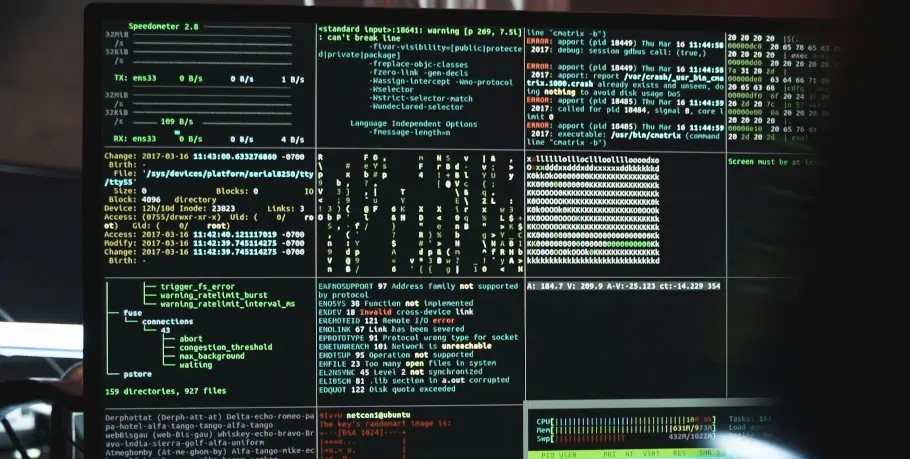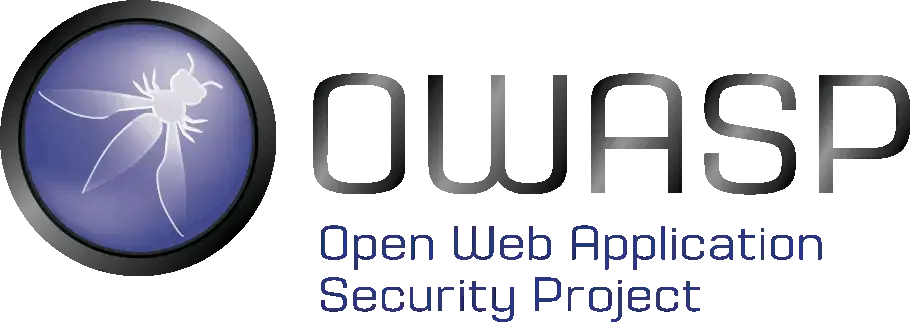List of Contents:
- Introduction
- Frontend Technologies
- HTML, CSS, and JavaScript Basics
- JavaScript Frameworks: React, Vue.js, and Angular
- CSS Frameworks: Bootstrap, Tailwind CSS
- Database Management Skills
- SQL and NoSQL Databases
- ORM vs Raw SQL Queries in Django
- Database Optimization and Indexing
- REST APIs and Web Services
- Understanding RESTful APIs
- Django Rest Framework (DRF)
- Building and Consuming APIs in Django
- GraphQL and Alternative API Approaches
- Deployment and DevOps
- Deploying Django Applications (Heroku, AWS, DigitalOcean)
- Introduction to Docker and Containerization
- CI/CD Basics (GitLab CI, Jenkins, etc.)
- Version Control with Git
- Testing and Debugging
- Unit Testing in Django
- Integration Testing and Test-Driven Development (TDD)
- Security Best Practices
- Securing Django Applications
- Common Web Vulnerabilities (CSRF, XSS, SQL Injection)
- Performance Optimization
- Query Optimization and Caching in Django
- Load Testing and Scaling Applications
- Asynchronous Task Management
- SaaS Development and Cloud Computing
- AWS, Google Cloud, and Azure Services for Django
- SaaS (Software as a Service) with Django
- Understanding WebSockets and Real-Time Apps
- Microservices Architecture
- API Documentation and Monitoring Tools
- Data Structures and Algorithms
- Job Market and Career Growth
- Conclusion
Introduction
For Django developers, expanding their skill set beyond the framework is crucial for building modern, scalable web applications. As technology evolves, developers who understand a broader set of tools and concepts beyond Django can contribute more effectively to their projects. This article explores key areas Django developers should learn to stay competitive, including frontend technologies, database management, API development, deployment, and cloud computing, among others.
Frontend Technologies
HTML, CSS, and JavaScript Basics
Even though Django is focused on the backend, knowledge of frontend technologies such as HTML, CSS, and JavaScript is indispensable. These are essential for building the structure, style, and interactivity of web applications. Developers need to know how to use these core technologies to enhance user interfaces, especially when integrating Django templates.
JavaScript Frameworks: React, Vue.js, and Angular
Modern web applications often use JavaScript frameworks for dynamic frontends. Popular frameworks like React, Vue.js, and Angular offer powerful tools for creating responsive and engaging user interfaces. A common pattern is using Django for the backend and React or Vue.js for the frontend, known as a decoupled architecture or JAMstack.
CSS Frameworks: Bootstrap, Tailwind CSS
Bootstrap and Tailwind CSS are popular frameworks for designing responsive websites quickly. While Bootstrap offers ready-made components, Tailwind CSS takes a utility-first approach, allowing for more custom and flexible designs.
Database Management Skills
SQL and NoSQL Databases
A deep understanding of both SQL and NoSQL databases is important for Django developers. While Django's ORM provides powerful abstractions for relational databases (e.g., PostgreSQL, MySQL), knowing how to manage NoSQL databases like MongoDB can be advantageous for specific use cases, such as handling unstructured data.
ORM vs Raw SQL Queries in Django
While the Django ORM simplifies database interactions, understanding when and how to use raw SQL queries is important for optimizing performance and handling complex queries.
Database Optimization and Indexing
As your application scales, efficient database design and queries become essential. Knowing how to use indexes, normalize data, and optimize queries is critical for ensuring high performance in Django applications.

REST APIs and Web Services
Understanding RESTful APIs
REST (Representational State Transfer) APIs have become the standard for building web services. Understanding how to create, structure, and consume RESTful APIs using Django is vital for developers, particularly when building client-server applications.
Django Rest Framework (DRF)
The Django Rest Framework (DRF) is a powerful toolkit for building Web APIs in Django. Learning how to use DRF allows developers to create scalable and secure APIs, an essential skill for building modern web and mobile applications.
Building and Consuming APIs in Django
Knowing how to design, document, and consume APIs—whether using Django’s native features or DRF—is key to creating versatile applications that can communicate with other services.
GraphQL and Alternative API Approaches
GraphQL is gaining popularity as an alternative to REST for API development. It offers more flexibility in data querying, allowing clients to request only the data they need. Django developers can integrate GraphQL into their projects using libraries like Graphene-Django for a more modern and efficient API experience.
Deployment and DevOps
Deploying Django Applications (Heroku, AWS, DigitalOcean)
Deploying Django applications on cloud platforms like Heroku, AWS, or DigitalOcean is a critical skill. Developers should learn how to configure servers, manage databases, and handle scaling to ensure smooth and efficient deployments.
Introduction to Docker and Containerization
Docker allows developers to package applications with all their dependencies, ensuring that they run consistently across different environments. Learning containerization with Docker is an essential skill for modern DevOps and deployment strategies.
CI/CD Basics (GitLab CI, Jenkins, etc.)
Continuous Integration and Continuous Deployment (CI/CD) pipelines streamline development workflows. Tools like GitLab CI and Jenkins help automate testing, building, and deployment, allowing teams to deliver updates efficiently and safely.
Version Control with Git
Mastering Git is essential for collaborating on code and managing different versions of a project. Key skills include branching, merging, handling conflicts, and collaborating on platforms like GitHub and GitLab. Every Django developer should be comfortable using Git for version control and team collaboration.
Testing and Debugging
Unit Testing in Django
Testing is an essential part of the development process. Django’s built-in unit testing framework helps ensure that the individual components of an application work as expected. Developers should also learn how to write effective tests for models, views, and templates.
Integration Testing and Test-Driven Development (TDD)
More advanced testing techniques, such as integration testing and Test-Driven Development (TDD), ensure that entire workflows in your application are functioning properly and that code is written with testing in mind from the start.

Security Best Practices
Securing Django Applications
Security is critical in web development. Django provides several built-in security features, but understanding how to properly implement them is crucial. Developers must ensure that user data is protected, sessions are secure, and common threats are mitigated.
Common Web Vulnerabilities (CSRF, XSS, SQL Injection)
Understanding common security vulnerabilities such as Cross-Site Request Forgery (CSRF), Cross-Site Scripting (XSS), and SQL Injection helps Django developers safeguard applications from attacks.
Performance Optimization
Query Optimization and Caching in Django
Efficient database querying is vital for application performance. Learning techniques for query optimization and using caching mechanisms like Memcached or Redis can drastically reduce load times and improve scalability.
Load Testing and Scaling Applications
As applications grow, it becomes essential to handle higher traffic loads. Tools like Locust for
load testing and strategies like horizontal scaling help ensure that your Django app can handle more users and data efficiently.
Asynchronous Task Management
Celery is a powerful tool for handling background tasks in Django. Whether you need to send emails, process large data sets, or handle tasks asynchronously, Celery allows Django applications to manage long-running processes without blocking the main application.
SaaS Development and Cloud Computing
AWS, Google Cloud, and Azure Services for Django
Cloud platforms like AWS, Google Cloud, and Azure provide scalable solutions for hosting Django applications. Familiarity with these platforms, including services like EC2, S3, and RDS, ensures that your applications can scale effectively.
SaaS (Software as a Service) with Django
Building Software as a Service (SaaS) applications with Django is a growing trend. SaaS involves developing cloud-based services that customers can access via a subscription model. Learning how to architect, deploy, and maintain SaaS platforms—using Django as the backend—opens up vast opportunities in cloud computing and product development.
Understanding WebSockets and Real-Time Apps
Real-time functionality, like chat applications or live updates, can be implemented in Django using Django Channels. WebSockets enable persistent two-way communication between the server and client, making real-time features possible.
Microservices Architecture
As applications grow, adopting a microservices architecture can help improve scalability and maintainability. This approach involves breaking down monolithic applications into smaller, independent services, each serving a specific function. Django can play a role in a microservices setup, particularly for managing data and backend functionality.
API Documentation and Monitoring Tools
Writing comprehensive API documentation is vital for building user-friendly APIs. Tools like Swagger and Postman help automate and manage documentation, ensuring clear and easy-to-understand APIs. Additionally, monitoring tools like Prometheus and Grafana provide insights into the health and performance of your Django applications.
Data Structures and Algorithms
Even as a web developer, understanding data structures and algorithms is crucial for writing efficient code. Applying these concepts can improve performance in key areas, such as optimizing queries or processing data in Django applications.

Job Market and Career Growth
To further career growth, Django developers should consider earning certifications in areas such as cloud computing or DevOps. Building a strong portfolio by contributing to open-source projects, blogging about Django, and networking with other developers is essential for staying competitive in the job market.
Conclusion
By mastering skills beyond Django, developers can expand their capabilities and handle complex projects in a variety of industries, from SaaS to cloud computing. Whether it's frontend development, deployment, API design, or security, the modern Django developer must be versatile and well-rounded.





